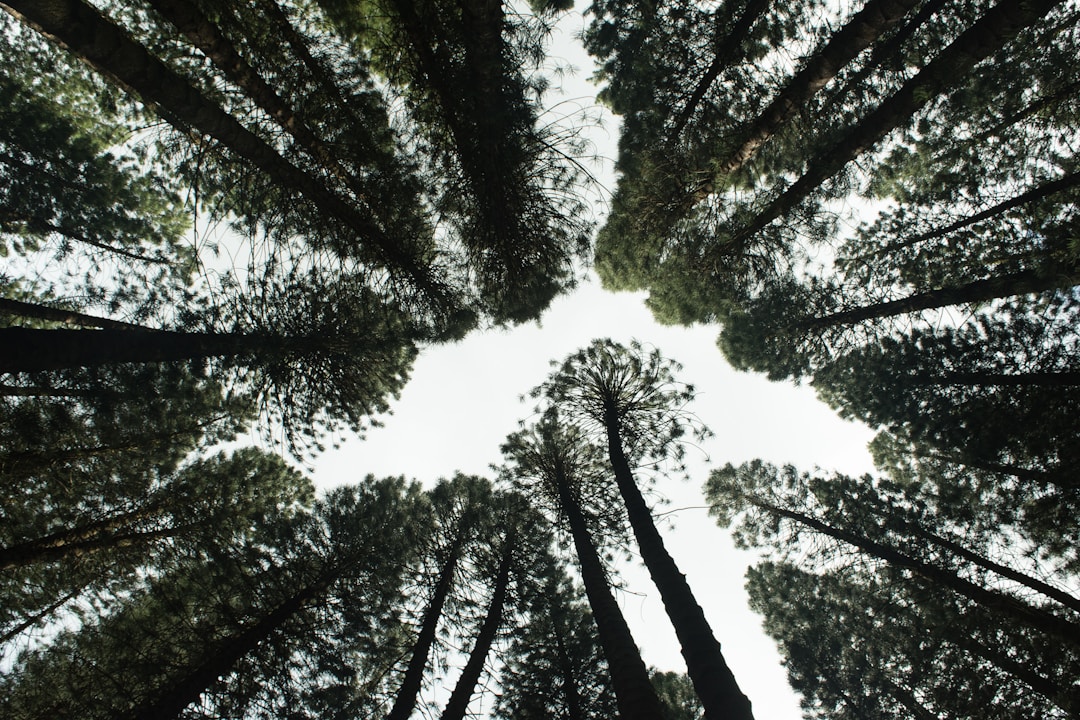There comes a time when a tree can no longer be preserved and must be removed, whether for safety, aesthetics, or practical reasons. While tree removal may be an arduous task, it is necessary to ensure that nature, people, and property remains safe and secure. However, many homeowners find themselves overwhelmed and don’t know what to do or when they need to take action. Fortunately, there are resources that can assist you. In this article, we discuss when and why a tree might need to be removed, and the factors that contribute to that decision.
Assessing Tree Health and Stability

One of the primary reasons for tree removal is poor health or instability. A compromised tree can pose significant risks to people and property, as damaged limbs or even the entire tree can fall without warning. Conducting a thorough assessment of a tree’s health and stability is critical. Some common signs of distress include decaying roots, damaged or missing bark, dead branches, fungal growth, or a leaning trunk.
It is crucial to have a professional arborist evaluate the already identified issues. They can help determine the severity of the problem and recommend the best course of action, including tree removal if needed. A professional arborist will have the knowledge and experience needed to differentiate between a tree that can be saved and one that should be removed for safety reasons. The tree removal cost in Kaysville, UT can vary depending on factors such as tree size, location, and the extent of damage. A professional evaluation and removal can prevent potential damage to homes, vehicles, or people.
Overcrowding and Landscape Considerations
Another reason for tree removal is overcrowding or interference with other landscaping elements. Overcrowding can lead to poor tree health, as neighboring trees compete for limited resources such as sunlight, water, and nutrients. Overcrowded trees may be more susceptible to diseases and pests, which can cause further harm to the tree and surrounding landscape. Considering how much value beautiful landscape design can add to your home, it’s worthwhile to take care of your lawn.
Proximity to structures or other landscaping elements may also necessitate tree removal. For example, a tree’s roots could cause damage to foundations, sidewalks, driveways, or underground utilities. Overhanging branches might pose a risk to roofs, power lines, or other elements. Removing trees in these situations can prevent costly damage and facilitate proper landscape management and design. Tree removal may also be useful if it obstructs a desirable view or hinders a landscaping project.
Removing Dead or Hazardous Trees

Dead or dying trees pose risks to people and property, as their weakened branches or trunks can easily break and fall. Removing dead or hazardous trees is integral for preventing accidents, property damage, and potential liability claims. Visible signs of decay, such as fungal growth, vertical cracks, or cavities, can signify that a tree is hazardous and needs removal. In addition, trees with extensive storm damage or those uprooted due to strong winds should be removed as soon as possible to restore safety and order.
Damaged trees may also attract unwanted pests, such as rodents or insects, which can infest nearby homes or landscapes. Removing dead or dangerous trees can not only improve the appearance of the property but also reduce the risks associated with compromised trees. DIY tree removal can be dangerous, especially when dealing with large or severely damaged trees. Professionals have the tools, equipment, and knowledge to safely and efficiently remove any trees in your yard.
As you can see, identifying and removing trees that pose a danger or substantially hinder the landscape can prevent accidents and property damage. You will need to discuss the topic with a certified arborist to ensure proper assessment and safe tree removal, contributing to a healthier and more aesthetically pleasing environment. If you follow the advice in this article, then you’ll be well on your way to having a safe and attractive lawn.

